After correspondence courses and digital learning, the online learning experience has now reached new heights with e-learning. Lower costs and the democratization of content now enables it to benefit companies.
But what makes e-learning so attractive? What exactly is an e-learning course?
Here we take a look back at the history, the benefits and the different forms of e-learning and the preparation necessary to implement it.
Key dates in the history of e-leaning
While e-learning has existed since the early days of the Internet, it has changed a lot over the course of the last 20 years. In 1994, a university, CALCampus, proposed online classes for the first time. The term was only coined, however, in 1999 by Elliott Masie, an American expert in new educational technologies.
In 2000, e-learning underwent a veritable digital revolution with the launch of OLAT, the first open source learning software. At the same time, the first version of SCORM was launched, a standard offering users the possibility of bundling content in order to distribute it in other management systems.
Not to mention the spread of mobile devices in the form of smartphones and tablets in response to new uses: watching videos, reading books, playing games, etc. Mobile operators constantly strive to improve connectivity, a race that is still ongoing today!
In 2006, two major revolutions had an impact on e-learning:
- MOOC (Massive Online Open Courses), which make content available to a wide audience.
- YouTube, which has revolutionized our way of consuming content.
Nowadays, the practice of e-learning has really evolved in favour of video formats and interaction between trainers and learners. It forms part of a broader approach to digitalize training.
The advantages of e-learning for a company
E-learning is becoming increasingly popular! Particularly for companies wishing to manage the development of their employees’ skills and qualifications. There are many advantages of e-learning:
- Variety of learning methods: the student learns at their own pace, when they want, where they want and in an individualized manner.
- Simple and economical sharing and exchange of content: no need to dedicate a large budget to organizing training. You can easily develop a distance-learning course and share it with your teams.
- Broad coverage: remote training is not limited by borders. It is possible to train hundreds of employees in several sites across the world at the same time!
- Easy to track progress: trainers don’t need to review each learner’s progress in minute detail. Most learning management systems offer analytical tools displaying learners’ progress in the form of graphs and reports.
The different types of e-learning content
The more relevant, interesting and interactive the training is, the more effective it will be! The effectiveness of an e-learning course depends on its content. Here are the main types:
- Webinars, or online seminars, can spread information to thousands of employees simultaneously and obtain their responses in real time.
- Video classes make distance learning visually attractive. This format is particularly popular and can be used in any circumstances.
- Ebooks and articles constitute an accessible knowledge base for employees during their training.
- VR simulations, while relatively costly, offer users an unprecedented immersive virtual experience! This enables them to try things out and make mistakes without any consequences.
- Podcasts are very practical but must be convincing to avoid the listener losing interest.
- Online quizzes are useful for testing and ensuring that learners have assimilated the knowledge.
How to create an effective e-learning platform?
Design and teamwork are the keywords for a successful e-learning training course! Note that it may take a week or a year to prepare depending on the scale of the project. Here are 5 essential stages of your e-learning roadmap.
Define the e-learning goals
The aim of a training course is to share information and knowledge to others so that they can quickly assimilate and use it. The teaching goal provides a purpose and bearing for the course. This is defined in advance with the project’s sponsor. The higher the stakes, the more complex the e-learning strategy implemented will be.
Prepare the plan and the e-learning content
The second stage consists in drafting a plan in the form of stages and allocating a budget for each stage. Also choose the LMS platform (learning management software) best suited to your needs and expectations. Then create a dedicated team, composed of administrators and trainers, to manage the system.
If, for example, you want to train a new sales team, you may only need a course delivering general skills focusing on the particular products or services. If, on the other hand, you are working on the development of global qualifications for several teams, you will have to prepare individual training programmes for each one!
Choose the e-learning tools
Finally you will need to research your teaching tools. Selecting in advance the right tools according to your content and budget is an excellent way to focus your research.
Conduct a trial course
When the system is ready, it is time to invite a few colleagues to conduct a pilot session. The aim here is to check that everything runs smoothly and to collect feedback from the teams in order to optimize the training programme prior to its final launch.
Once it is perfected, don’t forget to inform the employees concerned in advance and/or those potentially interested by this new online training solution. Bear in mind that sending a mailshot increases the conversion rate by 10%.
Measure the effectiveness of the e-learning modules
In order to evaluate the skills acquired during the distance training, nothing beats the traditional end-of-module quiz. In order to measure learner satisfaction, you can create a questionnaire using a free survey tool available on the Internet. Remember to make the answers anonymous to encourage learners to give their honest feedback!






